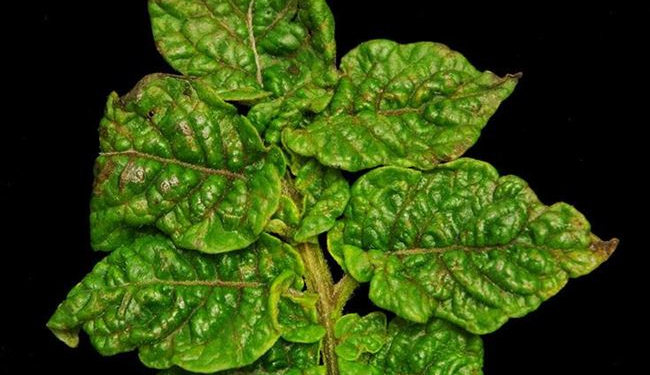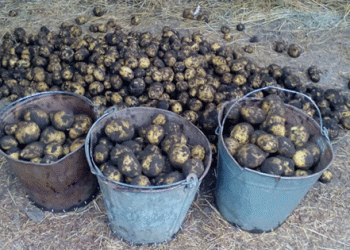Currently, virologists count from 27 to 33 types of viral diseases of the potato. Under natural conditions, viruses can spread when a diseased plant comes into contact with a healthy one or through the soil (nematodes or zoospores of chytrid fungi), viruses can be carried by insects (aphids or leafhoppers).
The primary infection, affecting plants, creates conditions for the infection of tubers and the development of a secondary, more severe infection of the next vegetative generation, as the concentration of the virus increases. Some viruses can be transmitted by real potato seeds or even pollen, but their concentration is negligible.
Potato viral diseases have caused huge crop losses for at least 200 years, and only in the last 40-50 years have their pathogens been identified and characterized. One of the most harmful viruses in potatoes are viruses X and Y: yield losses reach 50-80%, sometimes more, depending on the contamination of the planting material and growing conditions.









